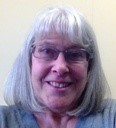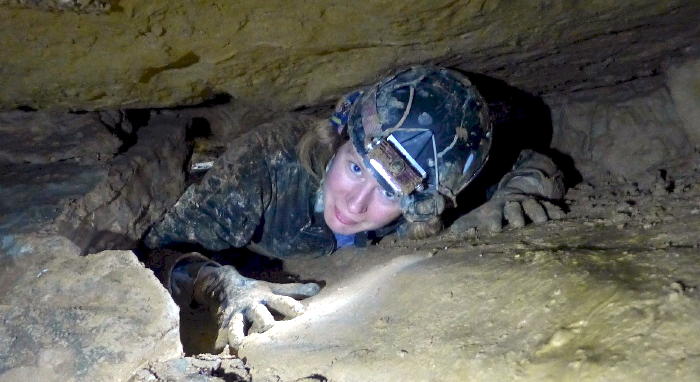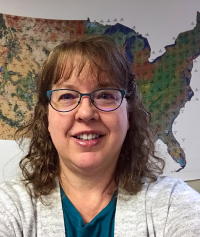Dr. Carla Klehm, Assistant Professor Adjunct at University of Colorado Boulder
Topic – From My Coolest Archaeological Find in Africa to Why Wakanda from Marvel’s Black Panther Movie is (Almost) a Real Place
Just how two giraffes got to China from Africa nearly 80 years before Columbus first visited the Americas is one of many delightful examples of Africa’s long-standing connections to other continents. With the longest record of human history on the globe, Africa offers many surprising stories about which we don’t often hear.
Dr. Carla Klehm’s work as an archaeologist focuses on investigating stories of cultures in contact long before Europeans arrived—in particular, the precolonial kingdoms and states in southern Africa that traded gold and ivory with the Middle East, India and China.
Carla will share stories likely to shift one’s view of the history of sub-Saharan Africa, along with discoveries revealing that Black Panther’s Wakanda is not that far from reality. She also will explain some of the science behind the scenes—from utilizing satellite imagery to “predict” where archaeological sites are located to chemically analyzing glass to source objects from around the world.
Speaker Bio
Dr. Carla Klehm is Assistant Professor Adjunct at University of Colorado Boulder, having received her PhD in Anthropology from University of Texas at Austin in 2013. She has taught about archaeology and Africa at University of Texas at Austin, Washington University in St. Louis, and University of Denver.
Originally a historian and a (failed) pre-med student, Carla found archaeology after merging her love for history and stories with her strengths in quantitative methods. After her first dig in Hungary made her realize she also could travel and be outside for her job, she was sold.
Carla has worked in Africa since 2007, and currently directs a multinational project in Botswana near the Kalahari Desert in southern Africa, supported by the National Science Foundation, National Endowment for the Humanities, National Geographic Society and others. Her research in Botswana investigates questions about the emergence of inequality, urbanization and climate change as the Africa interior is linked through trade to the Middle East and Asia before the arrival of Europeans (ca. 500-1500 AD).
She also has worked in Ethiopia on early human migrations 100,000 years ago out of Africa, in Kenya on 5,000 year-end megalithic monuments, and across Africa on issues of museums and conservation. For a quick and fun read on some of her research, check out theappendix.net/issues/2014/1/trade-tales-and-tiny-trails-glass-beads-in-the-kalahari-desert


